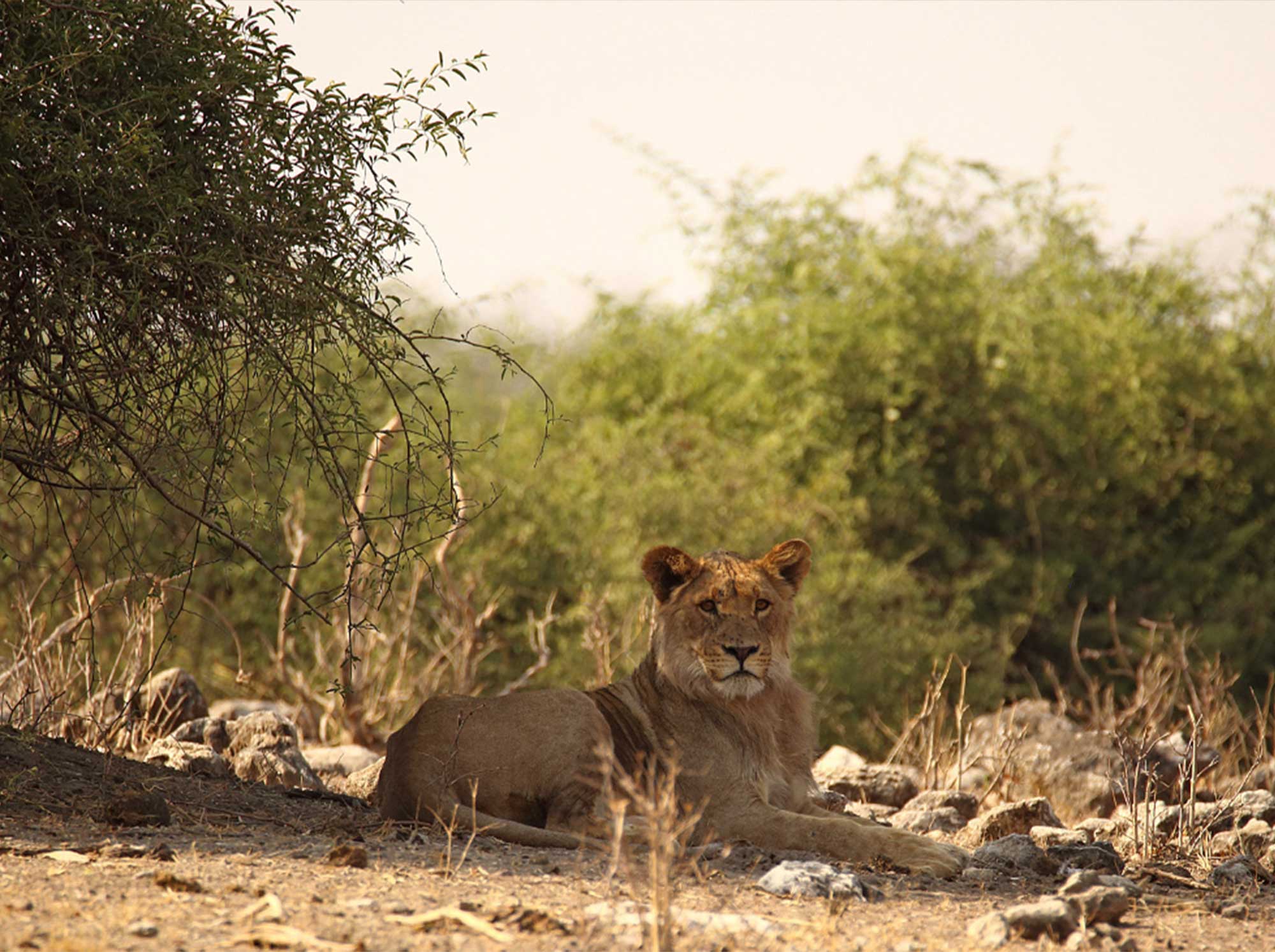Overview
History Ruaha National Park
Ruaha National Park, named after the Great Ruaha River, has a rich history shaped by both indigenous cultures and conservation efforts. Originally inhabited by local communities, the area was largely untouched until the early 20th century, when explorers began to document its remarkable wildlife. Established as a national park in 1964, Ruaha has since become a critical area for wildlife conservation, with boundaries set to protect its diverse ecosystems and abundant species.
As one of Tanzania’s largest national parks, Ruaha is known for its impressive population of elephants and its unique mix of flora and fauna, reflecting both eastern and southern African ecosystems. The park’s significance has continued to grow as it plays a vital role in protecting a wide variety of species, making it a key sanctuary for wildlife in the region. Ruaha National Park remains a haven for nature enthusiasts seeking an authentic and less-traveled wilderness experience.
One of the country’s most outstanding wilderness area.
Best Time to Visit
The best time to visit Ruaha National Park depends on what you want to experience:
- June to October: The dry season is ideal for game viewing, as animals congregate around water sources. This period offers excellent opportunities to spot elephants, lions, and other wildlife in their natural habitat.
- November to March: This is the wet season, characterized by lush landscapes and vibrant flora. While some areas may be harder to access due to rain, it’s a fantastic time for birdwatching, as migratory species arrive, and newborn animals are frequently seen.
- April to May: These months see transitioning weather, with the landscape starting to green. Fewer tourists visit during this time, allowing for a more tranquil experience, though rain can be unpredictable.
Each season in Ruaha offers unique opportunities for wildlife enthusiasts and nature lovers, making it a captivating destination year-round.
Uniqueness of the Serengeti
The park’s unique mix of habitats, from savannahs to riverine forests, supports both resident and migratory animals, making it a critical sanctuary for wildlife. While it may not host the same scale of migration as the Serengeti, Ruaha’s unspoiled landscapes offer an intimate glimpse into the natural rhythms of wildlife, showcasing one of Africa’s last great wildernesses. Visitors to Ruaha can experience the beauty and diversity of this less-traveled park, witnessing the incredible interactions of its inhabitants in their natural habitat.





Activities in Ruaha National Park
- Game Drives: Morning and evening game drives are popular in Ruaha National Park, providing excellent opportunities to view wildlife, including elephants, lions, and a variety of antelope species.
- Guided Walking Safaris: Led by expert guides, these walking safaris offer a closer look at the park’s unique flora and fauna, allowing visitors to connect with nature on a more intimate level.
- Cultural Tours: Engage with local communities to learn about their traditional lifestyles and customs, enriching your understanding of the region’s cultural heritage.
- Bird Watching: Ruaha is a paradise for bird enthusiasts, with over 400 species recorded, including many migratory birds during the wet season.
- Photography Tours: Professional guides offer specialized photography tours, helping visitors capture stunning images of the park’s landscapes and diverse wildlife.
Ruaha National Park offers an unforgettable experience, connecting visitors with its breathtaking scenery and vibrant ecosystems, all while providing a sense of adventure in one of Africa’s last great wilderness areas.
